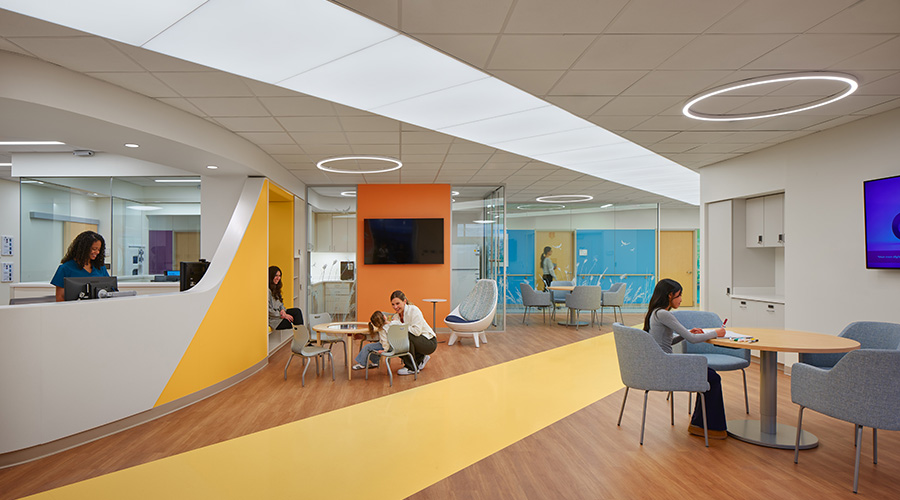A recent study found significant increases in nutritional intake for patients receiving room service compared to the traditional food service model, with an increase in both energy and protein intake, along with the percentage of requirements for both, according to an article on the Medical News Bulletin website.
The study evaluated the differences between room service and a traditional foodservice model in regards to daily nutrition intake, patient satisfaction, plate waste, and meal costs.
The results were recently published in the Journal of the Academy of Nutrition and Dietetics.
Compared to the traditional food service model, the results showed room service not only increased patient daily nutrition intake but also increased patient satisfaction, reduced wastage and meal costs.

 Contaminants Under Foot: A Closer Look at Patient Room Floors
Contaminants Under Foot: A Closer Look at Patient Room Floors Power Outages Largely Driven by Extreme Weather Events
Power Outages Largely Driven by Extreme Weather Events Nemours Children's Health Opens New Moseley Foundation Institute Hospital
Nemours Children's Health Opens New Moseley Foundation Institute Hospital Code Compliance Isn't Enough for Healthcare Resilience
Code Compliance Isn't Enough for Healthcare Resilience Ribbon Cutting Marks First Phase Completion for New Montefiore Einstein Facility
Ribbon Cutting Marks First Phase Completion for New Montefiore Einstein Facility